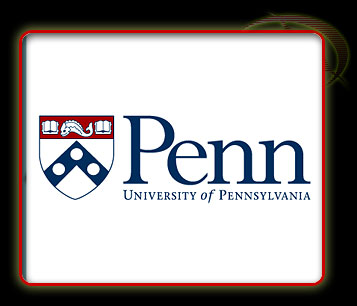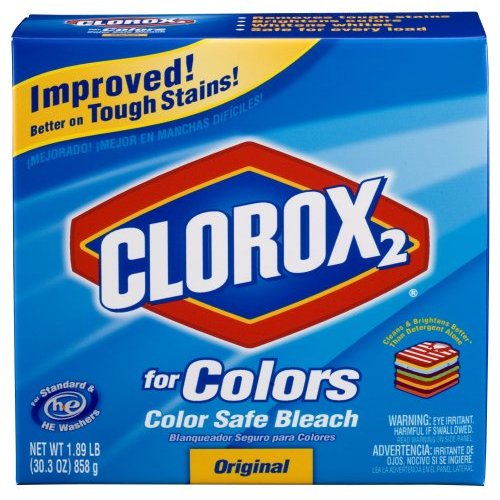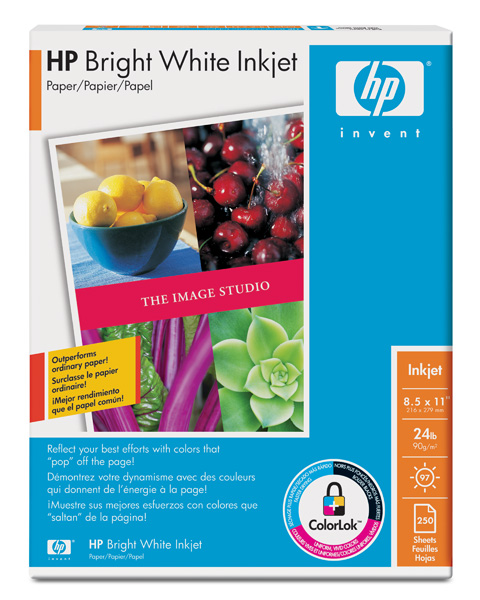Textiles, Synthetics, and Plastics
Figure 1. Image of several fabrics that have incorporated brightening agents (3).




|
FLUORESCENT
WHITENING
AGENTS
IN LAUNDRY DETERGENT
& PAPER
|
| 1:
History 2:Importance and
Usage 3:
Spectroscopy 4: Current
Studies 5: Future Expts. |
| 6: HS Classroom
Lesson: A: Lesson
Plan B:
Worksheets C: Instructor
Guide |
 2.
Importance and Usage
2.
Importance and Usage In 2006, textiles still accounted
for 25% of worldwide fluorescent brightener use (1). Synthetics and plastics
accounted for an additional 5% of total use (1).
In 2006, textiles still accounted
for 25% of worldwide fluorescent brightener use (1). Synthetics and plastics
accounted for an additional 5% of total use (1).| 1.
fluorescent emission in the
desired range (i.e. they give off the correct color) (5,6,7), 2. fastness to washing, perspiration, and sunlight (i.e. they last long because they bond or adhere well to the base material) (5,6,7), and 3. nonhazardous properties (i.e. humans can be safely exposed to them). |
 As brightener use in textiles
has increased, US consumption of these brighteners in detergents has
also steadily grown over the years. In 1994, approximately 64.0
million pounds of brighteners were used in detergents, and it was
estimated that US consumption of brighteners, in detergents alone,
would increase 2 to 2.5% per year (2). In 2006, detergents accounted for
the largest and primary use of brighteners--40% of worldwide use (1).
As brightener use in textiles
has increased, US consumption of these brighteners in detergents has
also steadily grown over the years. In 1994, approximately 64.0
million pounds of brighteners were used in detergents, and it was
estimated that US consumption of brighteners, in detergents alone,
would increase 2 to 2.5% per year (2). In 2006, detergents accounted for
the largest and primary use of brighteners--40% of worldwide use (1). In 2006, FWA use
in paper accounted for 30% of worldwide use (1). FWAs were
first used to whiten paper in Europe; the US also started using FWAs as
a way to cut costs while producing paper that was still pleasantly
white (the base pulp would not need to be bleached as much). (14).
In 2006, FWA use
in paper accounted for 30% of worldwide use (1). FWAs were
first used to whiten paper in Europe; the US also started using FWAs as
a way to cut costs while producing paper that was still pleasantly
white (the base pulp would not need to be bleached as much). (14).
WORKS
CITED:
|